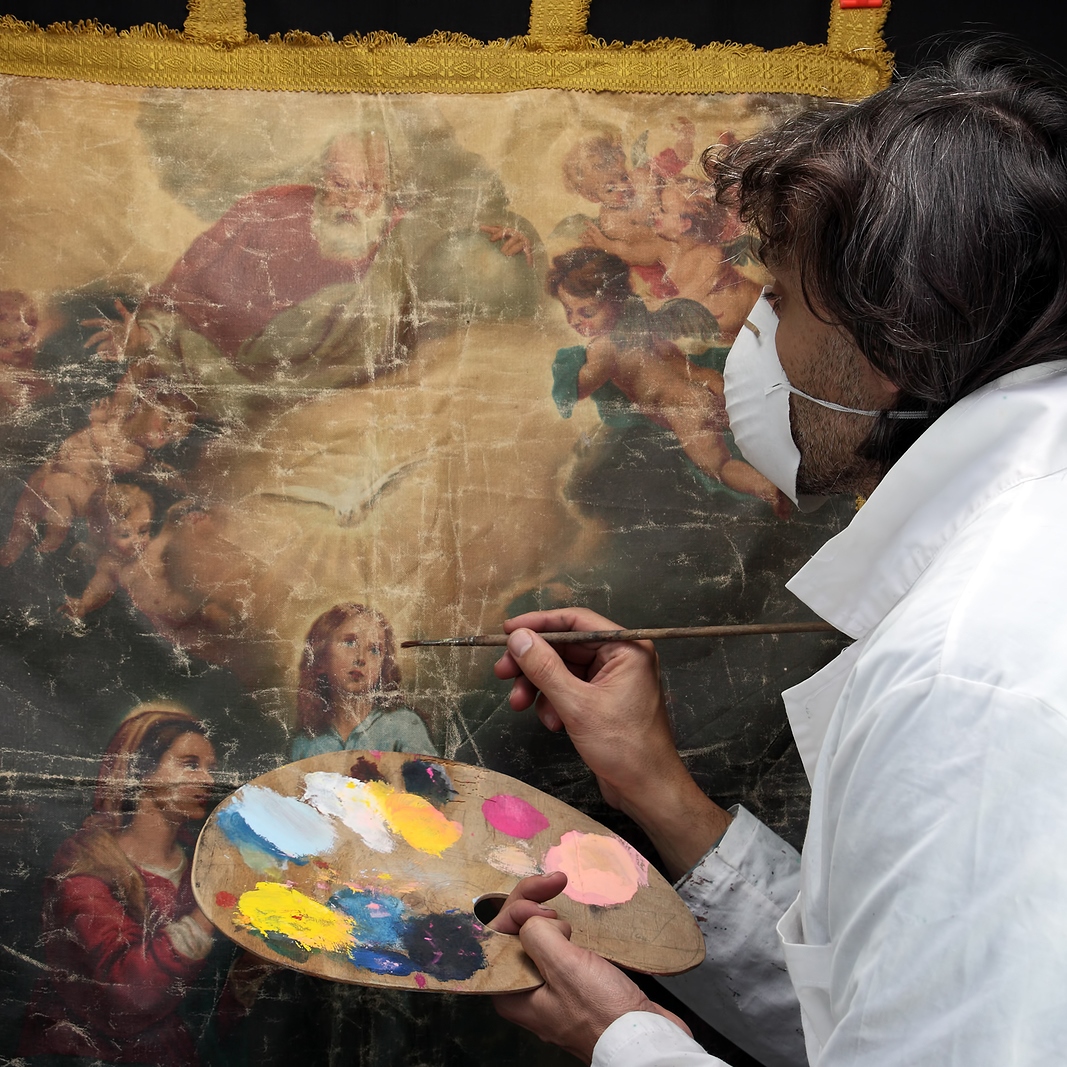Artificial intelligence has woven itself into the fabric of nearly every industry, from healthcare to finance. Even fields once thought immune to technological upheaval are experiencing seismic shifts.
One such domain is fine art preservation. In recent years, conservators and researchers have harnessed machine learning algorithms and neural networks, ushering in a new era for preserving art's most treasured works. These advancements enable more precise restoration techniques and predictive maintenance that prevent deterioration before it starts.
If you are curious about how AI is transforming fine art preservation, keep reading as we delve deeper into this fascinating intersection of technology and tradition.
AI-Powered Environmental Monitoring
AI has become a guardian of fine art, actively monitoring environmental conditions to safeguard masterpieces. Machine learning algorithms analyze data from sensors tracking temperature, humidity, and light levels in real time. These smart systems predict potential risks, enabling conservators to adjust conditions proactively.
Think of it as a high-tech weather forecast but for art. Just like you check the weather before heading out, museums now use AI-driven insights to ensure their artifacts stay safe and sound. Put simply, this innovation prevents gradual deterioration caused by unsuitable environments while preserving pieces for future generations.
Detecting Art Forgeries with Machine Learning
AI excels at identifying art forgeries, a task once requiring years of expert analysis. Advanced machine learning algorithms now scrutinize artworks with unprecedented precision. These systems compare subtle brush strokes, color palettes, and materials against extensive databases of authenticated works.
Imagine an AI detective with a keen eye for detail; it can spot inconsistencies invisible to the human eye. This technology boosts accuracy in determining an artwork's authenticity while drastically reducing the time needed for verification.
Predictive Maintenance for Art Conservation
Another groundbreaking application of AI in fine art preservation is predictive maintenance. Using historical data and current environmental readings, machine learning models forecast potential degradation issues before they occur. Think of it like your car's check engine light but for art.
AI pinpoints areas vulnerable to wear or damage, allowing conservators to intervene early and mitigate risks. This proactive approach helps preserve the structural integrity and visual appeal of priceless works without waiting for visible signs of decay.
Enhanced Digital Restoration Techniques
Enhanced digital restoration techniques offer another fascinating way AI revolutionizes fine art preservation. Using deep learning algorithms, AI can recreate missing or damaged parts of artwork with astonishing accuracy.
Imagine an advanced artist's assistant capable of studying millions of images and styles to seamlessly blend repairs into the original piece. This technology assists conservators in making precise restorations that maintain the work's historical authenticity while ensuring its aesthetic integrity remains intact.
The result? Restorations are quicker, less invasive, and more faithful to the original creation, preserving both the physical artifact and its cultural significance for future admirers.
Creating Digital Replicas with AI
The creation and modification of digital replicas using AI is a significant advancement in fine art preservation. Companies like Picsart leverage powerful AI capabilities to generate high-fidelity digital versions of historical artworks. This process involves scanning originals at ultra-high resolution and applying machine learning to enhance details, correct color distortions, and even simulate textures.
Imagine having a virtual gallery where you can explore AI for stunning art pieces, offering unprecedented access without risking damage to fragile originals. These digital replicas also serve as invaluable references for restoration efforts, ensuring that every brushstroke remains true to the artist's vision while enabling wider public appreciation through digital exhibitions.
AI in Art Historical Research
Lastly, AI transforms art historical research by uncovering hidden connections and insights. Advanced algorithms analyze vast amounts of data from art databases, scholarly articles, and museum archives to reveal patterns that were previously unnoticed.
Imagine an intelligent assistant that reads through centuries of documentation at lightning speed. It can identify influences between artists, track the evolution of styles across different periods, and even attribute unsigned works to specific painters with remarkable accuracy.
This technological leap not only deepens our understanding of art history but also informs conservation strategies. By knowing more about an artwork's provenance and context, conservators can make more informed decisions on how best to preserve it for future generations.
Conclusion
AI is not just a buzzword; it's transforming fine art preservation in remarkable ways. From monitoring environmental conditions to predicting maintenance needs and even enhancing digital restoration, AI offers tools that blend innovation with tradition.
As we continue integrating these technologies, we're not only preserving the physical beauty of our cultural treasures but also deepening our historical understanding. In sum, the future looks bright for fine art preservation, thanks to AI's ever-evolving capabilities.
